 The dictionary defines classic as “a work of art of recognized and established value.” That’s quite a vague definition. After all, value changes depending on culture, time period, and concerns. Most of us consider classics as dusty works of art that everyone should appreciate but most do not. As a writer, I think of classic novels like Huckleberry Finn and The Grapes of Wrath and War and Peace. All works that any English speaker is supposed to read to be educated. Frankly, I find them all painful and even poorly written by today’s standards–at the least, they are unwieldy.
The dictionary defines classic as “a work of art of recognized and established value.” That’s quite a vague definition. After all, value changes depending on culture, time period, and concerns. Most of us consider classics as dusty works of art that everyone should appreciate but most do not. As a writer, I think of classic novels like Huckleberry Finn and The Grapes of Wrath and War and Peace. All works that any English speaker is supposed to read to be educated. Frankly, I find them all painful and even poorly written by today’s standards–at the least, they are unwieldy.
So what criteria defines the value of a work? What makes it a classic and can a modern work be considered a classic?
A classic has three characteristics: resonance,appeal, and endurance. A great work of literature can be great without being a classic. Not all classics shift how we think. Rather, they represent a certain thought pattern that remains relevant. Relevancy matters. Sadly, many great works of literature–though important for breaking ground and introducing new ideas–lack relevancy. If a work needs a professor or guide to draw parallels between the time period of the work and today, it likely isn’t relevant.
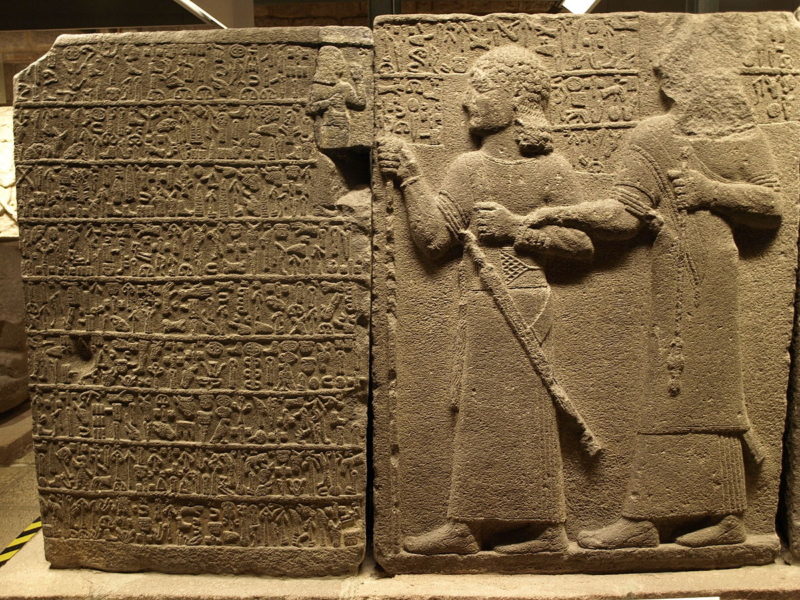
Now this doesn’t mean the work isn’t important. For example, many books of the Hebrew Bible contain sections that are so far removed from today that we cannot grasp the importance of the work unless we study the history of the era. A good example are passages dealing with the Hittites. Without understanding the background context–including the culture–those passages can be misunderstood. Much of them are, dare I say, no longer relevant because of how vastly different our time period is from the passage’s time period. This is why as a Christian I advocate all Christians learn about the history of the Roman Empire in the 1st century. You can’t fully understand the circumstances of Christianity without this background, and you will inevitably misunderstand passages without it.
This extra work to make a text relevant creates a barrier to deeming the work a classic. It can lower its appeal and obscure its value. A work cannot resonate with you if it isn’t relevant. Of course, this subjective relevancy means a work society deems a classic falls flat for you. However, if you look at society as a whole, you will see trends in resonance and relevancy. A classic doesn’t have to resonate with everyone. No work can. However, a classic needs to resonate with the majority of a culture’s population. Marcus Aurelius’s Meditations resonates with me, but I doubt most Americans have heard of Marcus Aurelius, let alone his book. Therefore, it can’t be considered a classic. Important, yes. A piece of great literature, of course. A classic, no.
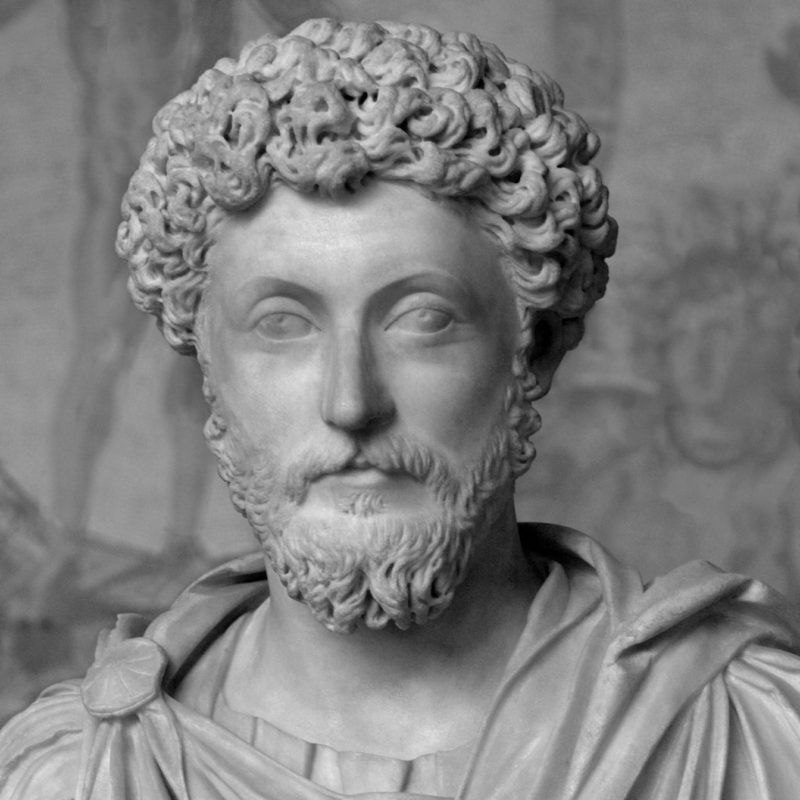
This runs us up against an interesting issue. The Bible and other religious works are deemed classics. They generally retain their resonance and wide appeal despite the historical barrier to completely understanding them. Understanding isn’t necessary for a work to be a classic. Part of this is because our understanding of a timeless work changes across cultures and our lives. I read the Bible far differently than I did when I was first baptized as a teen. Likewise, I read it differently after studying Zen and Japanese culture and the historical-critical process used in seminary studies. My understanding of passages will be different than yours namely because of our differing experiences. This is why resonance matters in a classic along with wide appeal. These two work together to support the endurance of the work.
Endurance is, perhaps, the hardest part of being a classic. A classic has to stand up against the passage of time. Of course, the passage of time can stretch for over 2,000 years to just 20 years, depending on how you consider a work. However, resonance and appeal work together to generate conversation that allows a work to remain a classic. Religion combines these characteristics into a structure that can preserve a work as a classic for centuries–and also kill a work within just a few years.
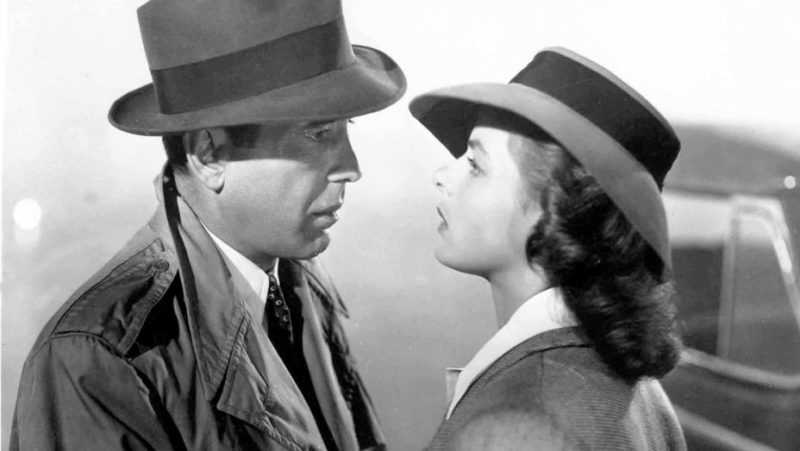
Longevity can be hard to define with classics. You can’t fairly compare something like The Lord of the Rings to the Bible. The time spans just cannot match up. Secular works don’t have religion to support their appeal and resonance either. So it would be fair to say secular works need to have smaller time frames before becoming classic. At the same time, we have to recognize classics don’t always remain so. Casablanca, though a superb film, can’t be considered a classic outside of film culture because it no longer has a wide general appeal. It is, however, a great film and represents one of the best examples of story telling with a camera.
The general populace of the US doesn’t value it enough. However, Casablanca remains a classic within the subculture of serious film watchers. Subcultures can preserve works that may otherwise be forgotten, and at times these works can regain their classic status.
When considering modern classics, I would say 20 years is a good starting number, Popular works quickly disappear in the flood of content constantly being produced so lasting at least 20 years is quite an accomplishment. That means works like The Joy of Painting, which continues to have appeal and resonance will be classics soon. That also means the video games Super Mario Bros. and The Legend of Zelda are classics.
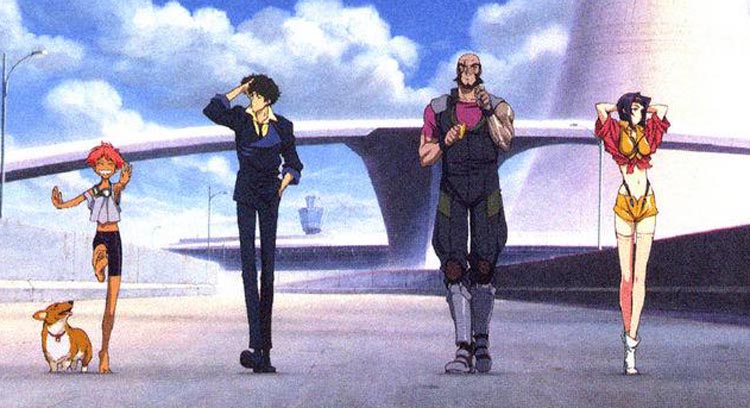
Now when we look at anime in the US, it hasn’t been widely popular enough to draw a conclusion. Although within the anime community we have contenders like Gundam, Macross, Cowboy Bebop, and Dragon ball Z. It’s more interesting to consider if any of today’s anime may be able to resonate, appeal, and endure for about 20 years. Here’s my list of possible contenders. Remember, classics do not always need quality to endure.
- One Piece (we can argue it is one already)
- Naruto (ditto with One Piece)
- Sword Art Online
- Dragon ball Z (in the same category as One Piece)
- Tokyo Ghoul
- Ghost in the Shell
- My Hero Academia
- Death Note
I’m likely wrong with this short list. Although SAO shows some endurance, I can also see the nostalgia factor working in its favor. Likewise with Naruto. Popularity doesn’t always lead to endurance, however. While I can’t stand One Piece, there’s no denying its appeal and resonance. Would you add anything to my characteristics of a classic? What anime do you see becoming classics? Why? What anime do you think are already classic?
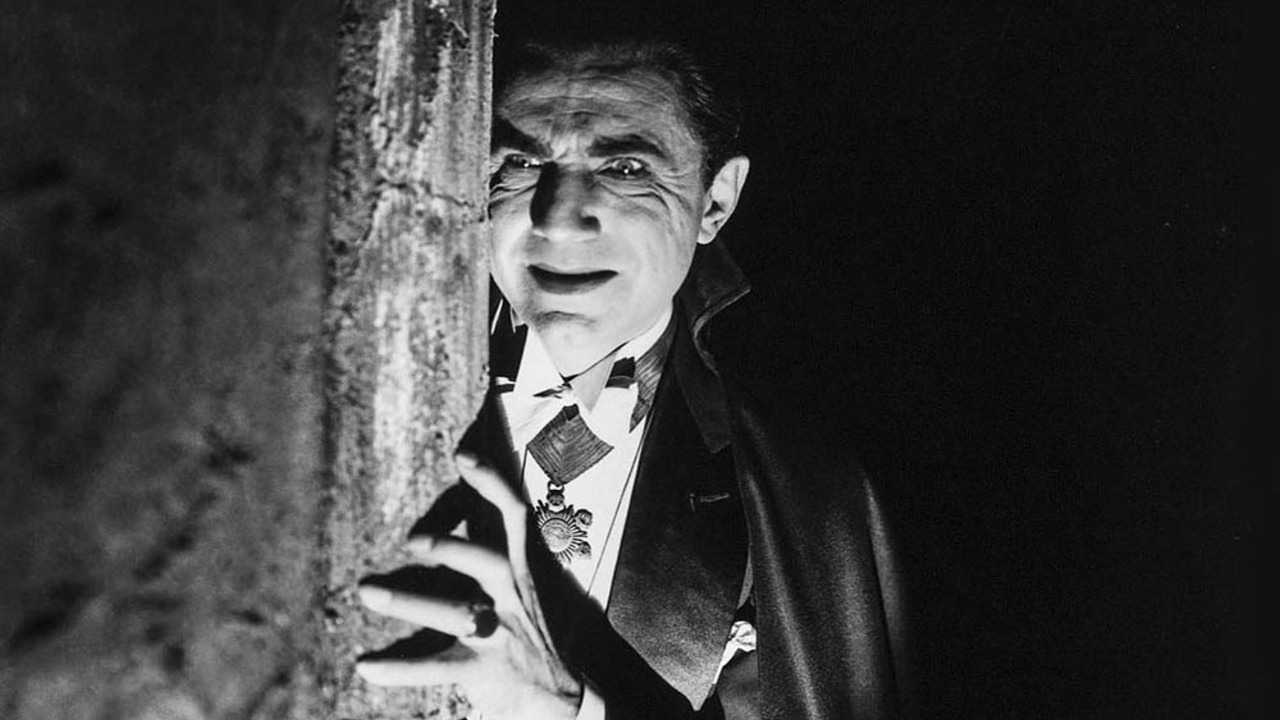
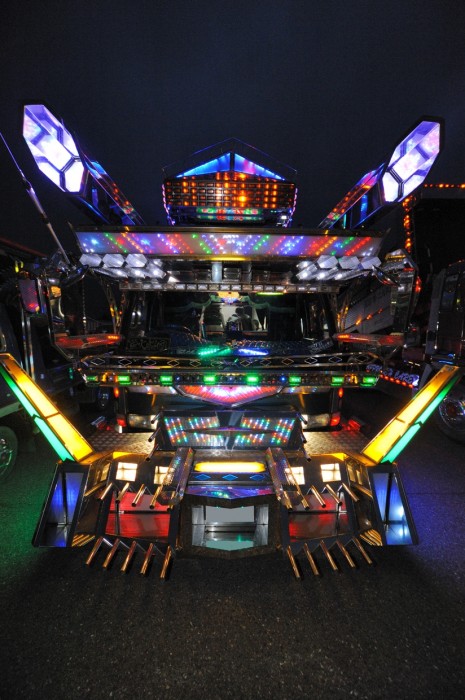
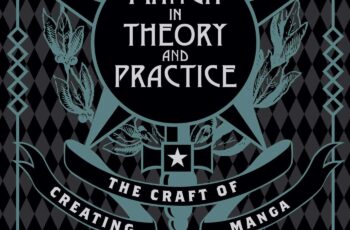
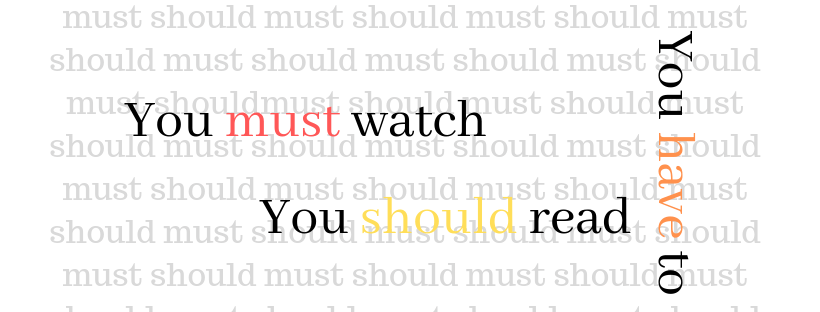
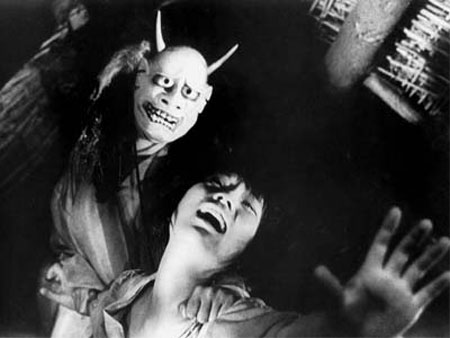

I’m not sure about Tokyo Ghoul being an anime classic honestly. Maybe more of a manga classic since the anime adaptations have been criticized for rushing through things so fast.
I would argue that Fullmetal Alchemist has to be up there. It’s still relevant and with the re-release of the manga in a nicer hardcover omnibus format, the series still appeals to a good amount of fans.
That’s a good point about Tokyo Ghoul. I placed it on the list because it seem to open up the action-horror genre to general audiences. Often the stories that open up a genre to more people become classics despite their flaws. Sword Art Online did that for isekai, for example.
That’s a good one to add. Other than age, Fullmetal has all the hallmarks of a classic.
Anime You Tuber Gigguk brought this topic up in his video The Death of Classic Anime in it he makes three reasons that makes an anime a classic staying power, impact, and quality. There’s a lot of anime out there that certainly have staying power long after the series has ended. I can’t tell you how many times at anime conventions I’ve seen people cosplaying as characters from Ranma 1/2, Revolutionary Girl Utena, Sailor Moon, and Evangelion. An anime can have an impact in two ways one on the anime industry and the other on the anime pop culture. I think that anime like Dragon Ball, Mobile Suit Gundam, Sailor Moon, and Urusei Yatura to have an impact on the anime industry, as after they came out others tried to replicate their success. Anime that I would consider to have had an impact on the anime pop culture are Neon Genesis Evangelion, Ghost in the Shell, Akira Cowboy Bebop, The Melancholy of Haruhi Suzumiya, and Attack on Titan. Many of these anime changed how many fans viewed anime. Cowboy Bebop helped changed how people viewed English dubbed anime and Haruhi Suzumiya showed that people would watch high school slice of life comedies besides cyberpunk and shounen fighting series.
Now when it comes to quality this is subjective as looking back some older anime the quality may not be that good, because of the time it came out. I’m not sure if any young anime fans today would watch anime from the 1950s and 1960s due to it being in black & white and limited animation. However there’s animation from that time period by Disney and Warner Bros that still holds up today. In my opinion there’s anime that have had a huge impact on the anime pop culture but may have some outdated animation style.
It’s difficult to separate important from classic. Something can be important without being a classic. However, classics are important. I consider the ones you listed classics. They all left a mark on the industry that continues to be felt. Anime from the 1950s until about the late 1980s can be difficult to watch. They may not be classics (especially in the West), but many remain important.